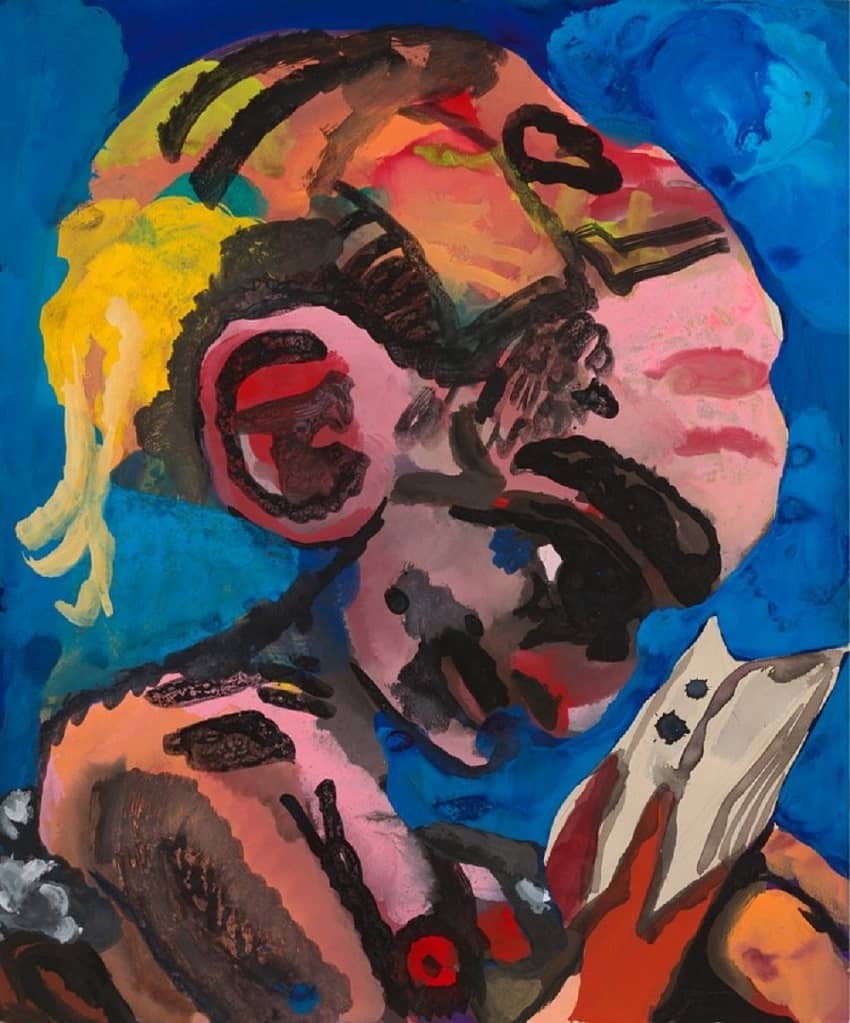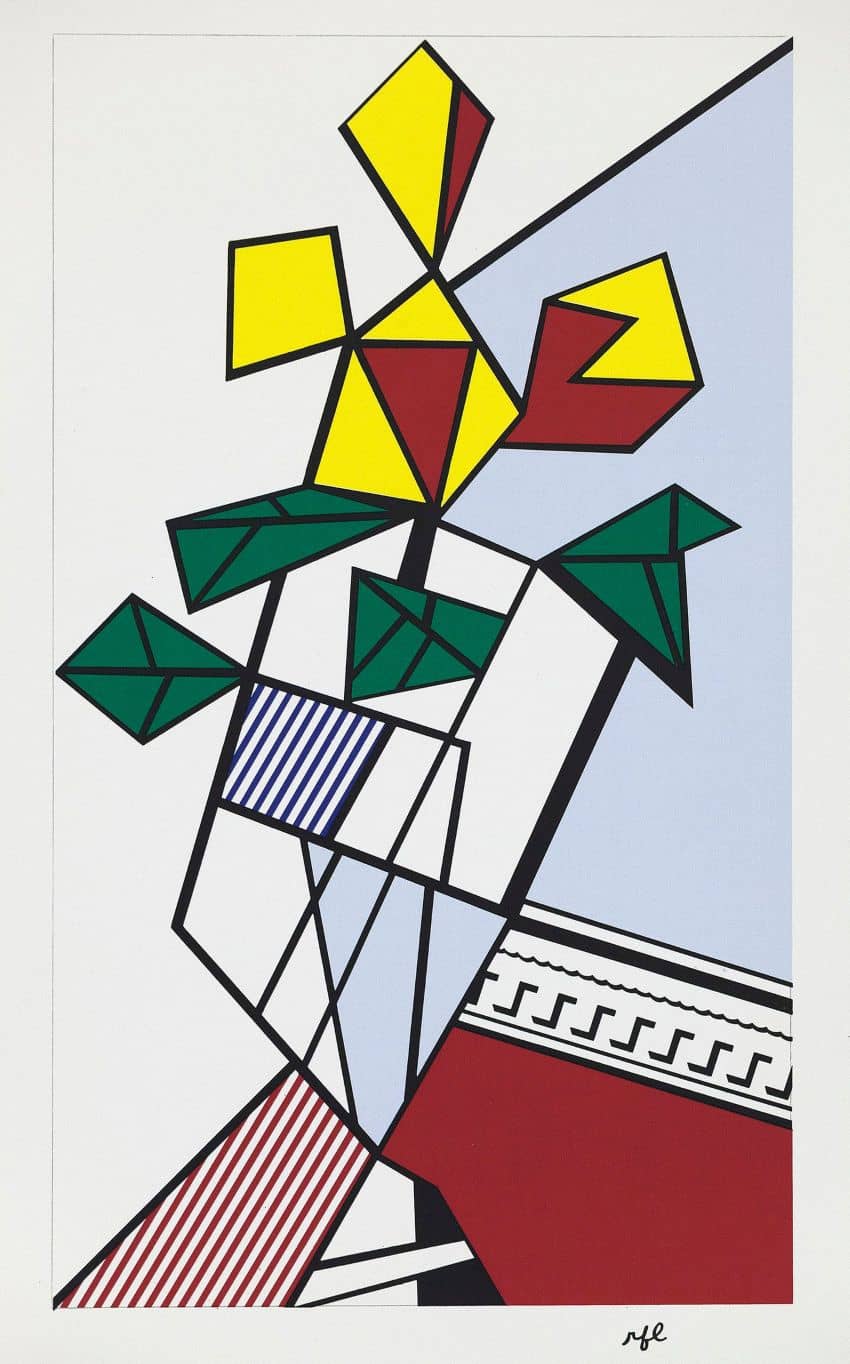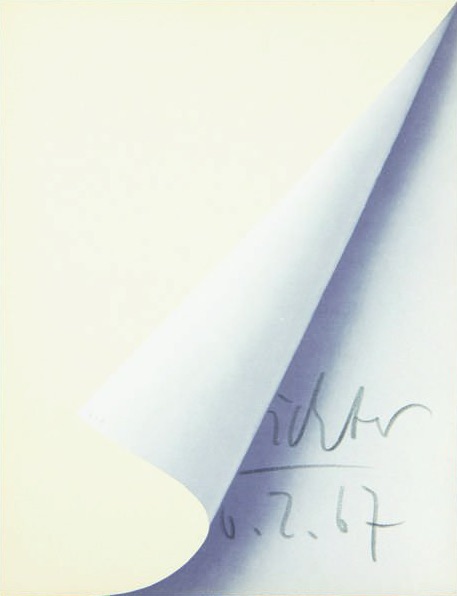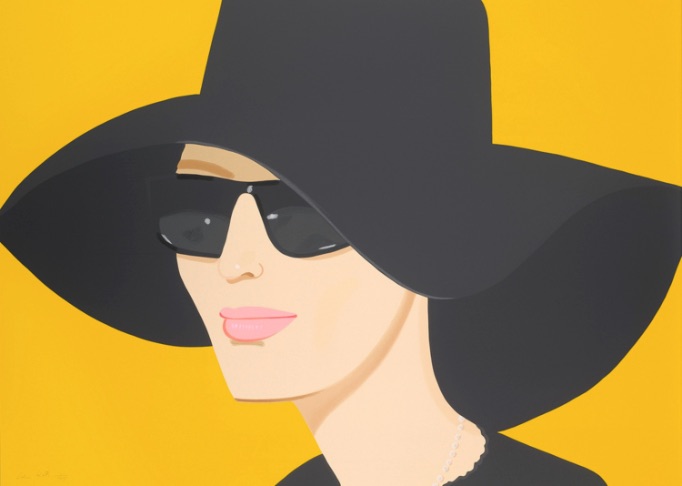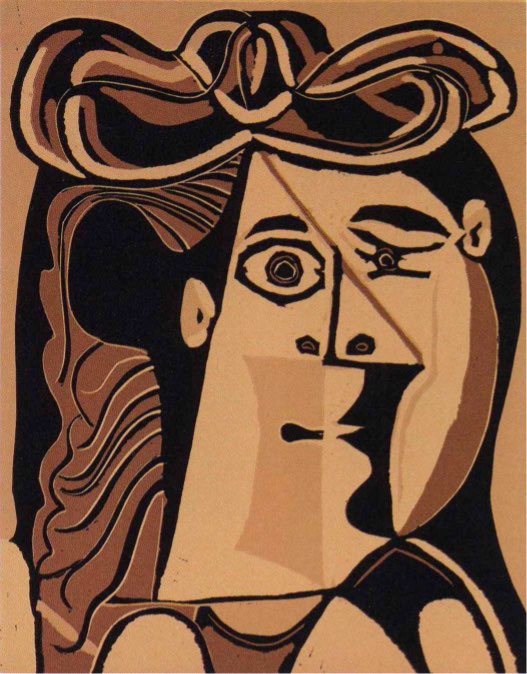
Pablo Picasso Femme au Chapeau / Linocut / signed / edition 50
| Year: | 1962 |
| Format: | 26,5 x 34,5 cm / 10.2 x 13.4 inch |
| Material: | Arches Paper |
| Method: | Linocut |
| Edition: | 50 |
| Other: | hand-signed |
Pablo Picasso – Femme au Chapeau.

| Year: | 1962 |
| Format: | 26,5 x 34,5 cm / 10.2 x 13.4 inch |
| Material: | Arches Paper |
| Method: | Linocut |
| Edition: | 50 |
| Other: | hand-signed |
Pablo Picasso - Femme au Chapeau.
Pablo Picasso, one of the most influential artists of the 20th century, created a series of linocuts in the 1950s and 1960s that are now considered among the highlights of his printmaking work. Among them, the 1962 work Femme au Chapeau (Woman with Hat) occupies a special place. The image shows the portrait of a woman—often interpreted as a representation of his last great companion, Jacqueline Roque—whose face is depicted frontally but at the same time highly stylized.
Picasso used a technique for the linocut that differed from the classical method. Instead of making a separate printing plate for each color, he developed the so-called “lost cut” process. In this process, the same linoleum plate is further cut and partially removed after each printing pass. Step by step, a multicolored print is created in which earlier areas of color are irrevocably lost. This process requires a high degree of planning and precision, but also gives the works an extraordinary intensity and unity.
Femme au Chapeau demonstrates Picasso’s masterful command of this technique. The woman’s face is constructed of bold areas of color that contrast sharply with one another: warm tones such as red, yellow, and orange are combined with dark accents and a striking black that gives the image contour and expressiveness. The geometric simplification is reminiscent of the principles of Cubism, which Picasso had co-founded decades earlier, but at the same time the representation seems less analytical and more playful, almost cheerful.
The woman with the hat is not understood as a naturalistic portrait, but as an artistic variation on the theme of femininity, grace, and presence. The hat—a symbol of status, fashion, and individuality in many eras—enhances the elegance of the figure and gives Picasso the opportunity to experiment with decorative forms and color contrasts. By shifting proportions and deliberately breaking with realistic representation, Picasso invites the viewer to recognize beauty in abstraction.
Furthermore, the work is exemplary of Picasso’s late creative phase, in which he tirelessly explored new forms of expression despite his advanced age. The linocuts from Vallauris, where Picasso lived and worked since the 1940s, document his desire to experiment and his ability to renew traditional artistic media. Femme au Chapeau is thus not only a portrait, but also an expression of vitality, artistic freedom, and a spirit of renewal.
Today, this linocut is considered an icon of Picasso’s printmaking. It combines technical sophistication with an unmistakable visual language that oscillates between Cubist austerity and playful colorfulness. By focusing on a few lines and surfaces that nevertheless have a strong emotional impact, Picasso demonstrates his incomparable ability to express complex content with the simplest of means.



Year: 1962
Format: 26,5 x 34,5 cm / 10.2 x 13.4 inch
Material:Arches Paper
Method:Linocut
Edition:50
Other:hand-signed


